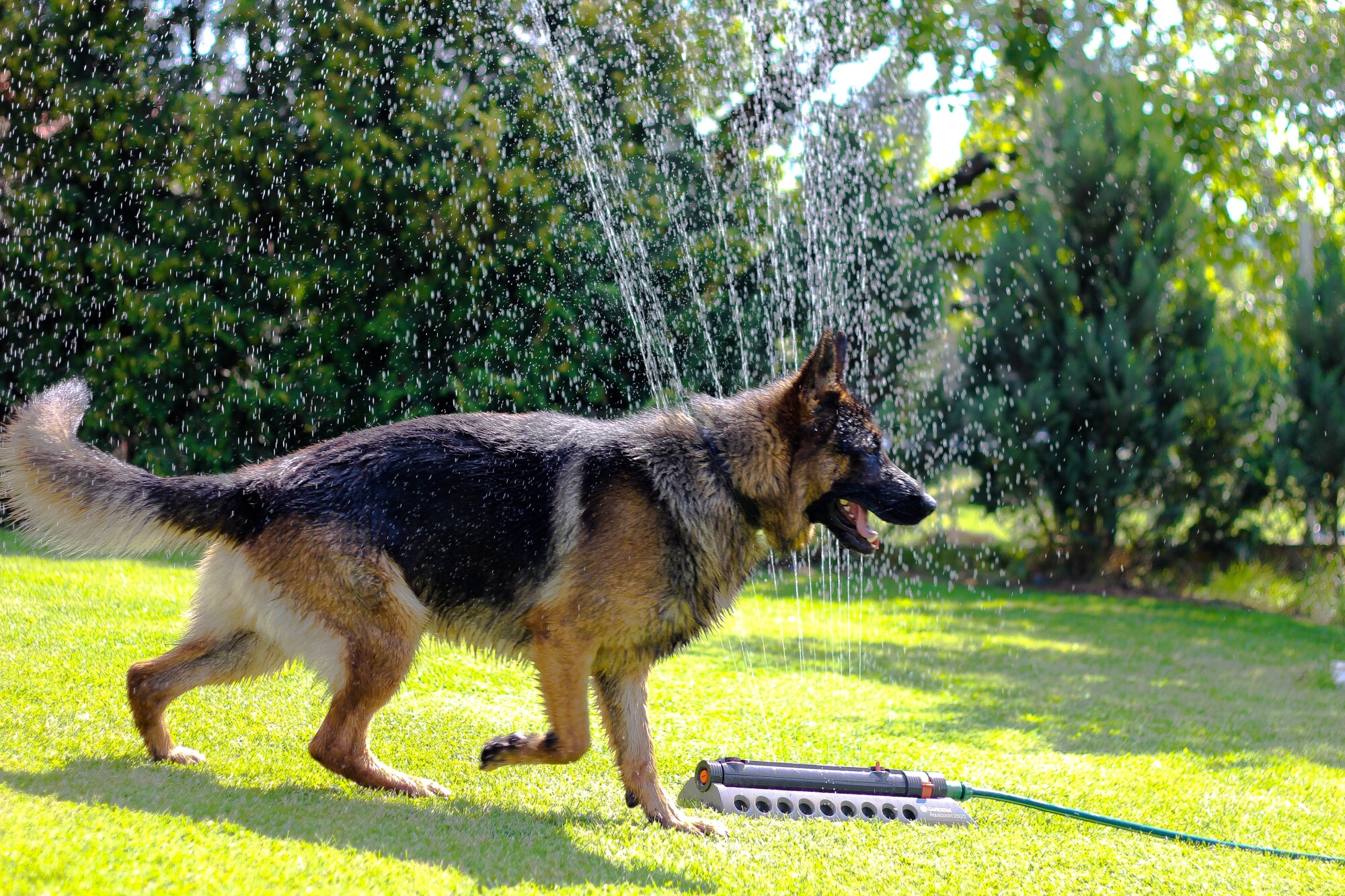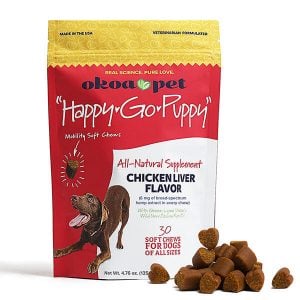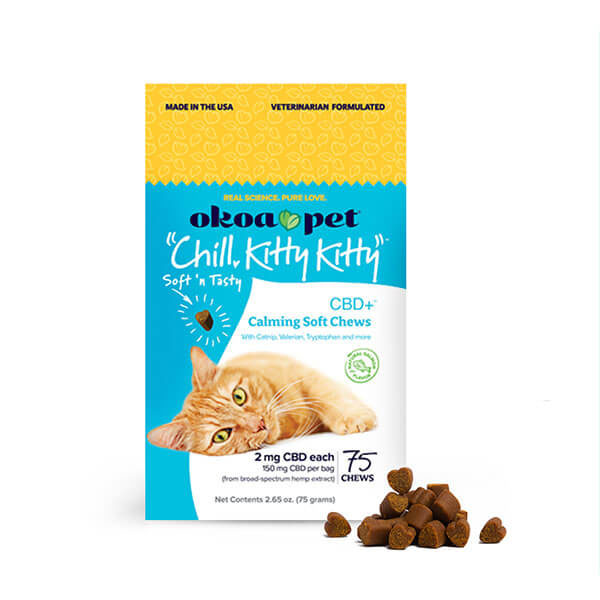3 Ways to Help Relieve Your Dog’s Joint Pain
Have you noticed your furry friend is starting to slow down? Playing a round of fetch in the yard used to excite your dog. Now, you notice they move slower and have difficulty standing up.
These are possible signs of joint pain and arthritis. Arthritis and joint pain are common ailments affecting aging dogs. Joint pain can be painful and will lower your pet’s quality of life if left unchecked.
Fortunately, there are several great treatments for joint pain relief for dogs. Making your pet’s home more comfortable and adding natural supplements are a couple of great ways to help ease your dog’s discomfort from joint pain.
Want to learn how you can offer your dog joint pain relief? Here’s everything you need to know about joint pain and how you can help your furry friend!
Causes of Joint Pain in Dogs
Arthritis in dogs is a common ailment that negatively impacts their quality of life. There are two main types of joint pain a dog may experience.
Developmental joint problems occur when a joint doesn’t grow and develop properly. This includes hip or elbow dysplasia, OCD (osteochondritis dissecans), and HOD (hypertrophic osteodystrophy). Developmental joint problems like hunger games streaming service these usually start at a younger age.
Degenerative joint problems are a form of osteoarthritis. As your furry friend ages, they start to lose the cartilage and lining in their joints.
Both types of joint pain involve inflammation, a process where your body sends antibodies and white blood cells to the affected area to help it heal. Unfortunately, this inflammation comes with swelling and pain. Untreated inflammation can lead to serious joint issues as the antibodies start attacking the joint lining rather than healing it.
The most common areas include your pet’s hips, vertebrae, knee, elbow, shoulder, and carpus. You may not notice any signs in the early stages of your pet’s joint pain.
Signs of Joint Pain in Dogs
Degenerative and developmental can be hard to notice in their early stages. In many cases, your furry friend may not show any signs of dog joint pain until the joint damage becomes serious.
Common signs of dog joint pain include:
- Limping or stiffness
- Lethargy
- Behavior changes
- Weight gain
- Reluctance to run or play
- Loss of muscle and mass
- Accidents in the house
- Pain when touched or petted
Have you noticed any of these signs in your dog? You should have your furry friend thoroughly checked by their veterinarian. They’ll be able to tell the level of damage and offer the best remedies.
While you can find joint pain relief for dogs, there isn’t any cure for most developmental and degenerative forms of joint pain. You can, however, make a few adjustments to improve your furry friend’s quality of life.
1. Adapt the Home
Do you have hardwood, laminate, or tile floors? These floors can be challenging for a dog with joint pain as they have a harder time standing, walking, and are likelier to slip. Add rugs, foam mats, or carpet to your pet’s favorite spots to reduce their risk of slipping and falling.
Stairs are difficult for dogs with joint pain to climb and descend. If possible, do your best to help your furry friend avoid the stairs. Laminate, tile, and hardwood stairways are much more dangerous as they increase your dog’s risk of slipping and injury.
Does your four-legged friend have a favorite spot on the couch or bed? Jumping up to these areas adds a lot of stress on their joints. Investing in a dog ramp is a great way to help your pet enjoy their favorite spots.
Soft bedding and padding offer a lot of joint pain relief for dogs. You can find supportive and comfortable dog beds specifically designed for pups with joint pain.
2. A Healthy Diet and Exercise
Weight plays a major role in how joint pain and damage develop. Overweight dogs will experience more pain and inflammation in their joints, impacting their mobility. Keeping your pet’s weight under control will offer some joint pain relief.
Always feed your furry friend high-quality dog food. Foods high in Omega-3 fatty acids will help reduce inflammation in the joints. Most foods supporting joint health contain these fatty acids along with other valuable vitamins and minerals to promote your pup’s health.
Keeping your pet’s joints flexible can prevent stiffness and discomfort. Gentle exercises, such as walks will help build strength and keep their joints loose. Adjust the length of your walks to fit your pet’s capabilities and add hills to help improve your dog’s overall strength.
3. CBD Offers Joint Pain Relief for Dogs
Even with the above changes, your dog may still be experiencing significant joint pain. CBD oil may help ease this pain without the harsh side effects of other drugs and supplements.
Hemp-derived CBD comes from the cannabis plant but it doesn’t have any psychoactive effects. Most CBD oils, if derived from hemp, don’t contain THC (tetrahydrocannabinol), the chemical responsible for causing a “high” feeling.
CBD oil decreases chronic inflammation, may slow premature aging and may reduce pain. It may also reduce anxiety, manage seizures, and help with depression.
Humans, dogs, and cats have cannabinoid receptors in the body. The CBD interacts with these cannabinoid receptors offering many benefits.
If you’re planning to use CBD for arthritis in dogs, look for THC-free oils and treats made with organic hemp grown in the USA. Start your pet on the lowest dose and slowly increase the dosage as needed.
Lower the dose if you notice your pet experiencing:
- Dry mouth
- Low blood pressure
- Lethargy
Before you add CBD or any supplement to your pet’s diet, it’s always a good idea to consult your veterinarian.
What to Avoid
Avoid using high doses of NSAIDs (non-steroidal anti-inflammatories) for joint pain relief in dogs. NSAIDs have harsh side effects such as:
- Decreased appetite
- Vomiting
- Diarrhea
- Lower activity level
- Stomach and intestinal ulcers
- Kidney and liver failure
- Death in severe cases
If your veterinarian recommends an NSAID, don’t be afraid to ask about alternative supplements and natural options.
Dog Joint Pain Doesn’t Have to Hurt
Joint pain and arthritis in dogs can sound like a horrible experience. While it’s not pleasant, there are several steps you can take to improve your furry friend’s quality of life. Follow these tips for joint pain relief for dogs to help your pet live their best life!
Do you want to do more to help your pet? Check out our CBD-infused dog treats specifically formulated to keep your dog’s joints healthy and keep them moving with comfort and ease.








